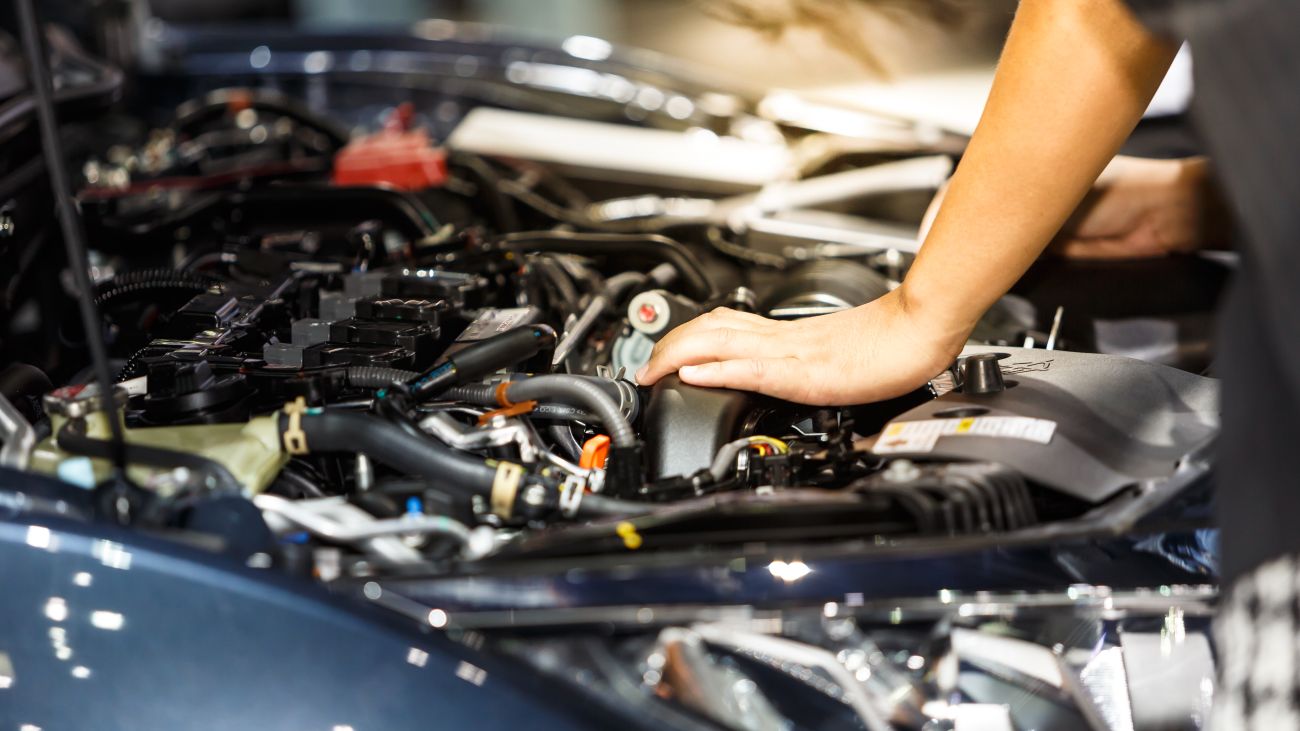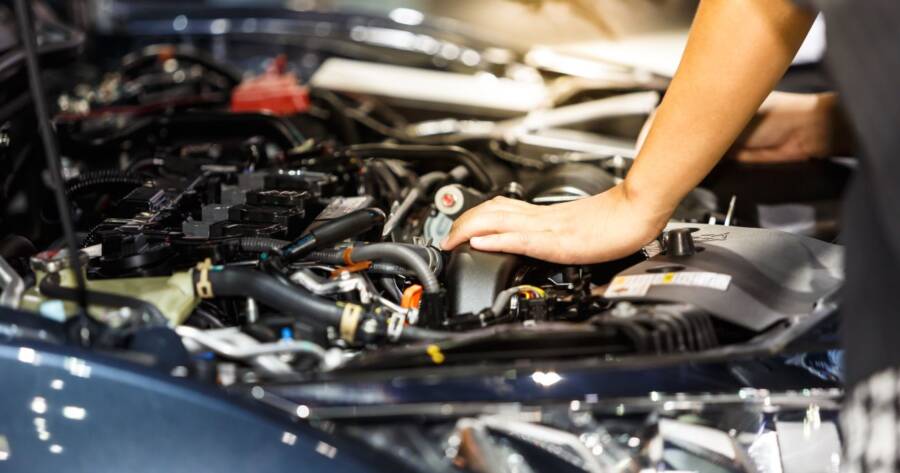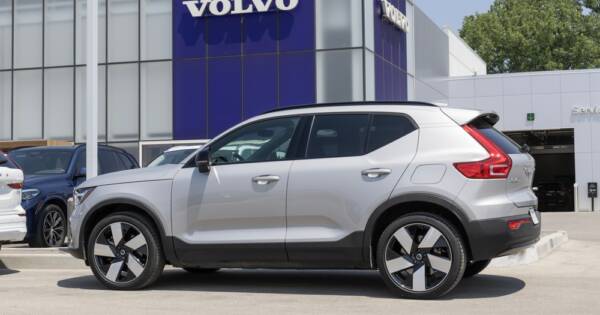Owning a car gives you the freedom to work and travel anywhere without having to rely on public transportation. However, there are many responsibilities associated with vehicle ownership that are necessary to keep your car on the road. Most cars come with a warranty that covers the cost of repairing parts that break before the end of their ordinary useful life.
Once you drive more miles than your warranty covers, you often find yourself having to pay for expensive repairs on a regular basis. Although most repairs are affordable, you are always vulnerable to incurring an expensive repair bill at any time when you drive past the period covered under your warranty. If you own an older vehicle, you should, therefore, consider getting an extended warranty to cover the cost of future repairs.
What an Extended Warranty Covers
It’s important to remember that warranties are not insurance. If a part breaks because of accidental damage, it will not be covered under a warranty in most cases. Warranties do, however, cover the cost of a repair when a part wears out with ordinary use. Extended warranties are helpful when you own an older vehicle because you never know when parts will break and necessitate replacement. If an expensive part goes bad in your vehicle, such as the engine or transmission, you could have to pay for a repair that costs thousands of dollars. Since most people struggle to cover the cost of an expensive repair, an extended warranty is ideal for drivers who have driven beyond the length of their manufacturer’s warranty. These drivers are at the highest risk of losing their mobility at any time due to an unaffordable repair.
How to Ensure That You Have Coverage
One of the most common problems that drivers encounter when dealing with warranties is trying to understand whether they have coverage. Warranties are often complex because some parts are covered for extended periods of time while other parts are only covered for a very short period. An engine, for example, often has a warranty for more than 100,000 miles while brake pads could be under warranty for less than 20,000 miles. Determining which parts of your vehicle are still under warranty is a critical consideration when trying to decide whether to purchase an extended warranty.
Your owner’s manual outlines how long some of the key components of your car are covered under warranty. Most cars come with a comprehensive warranty that claims to cover all repairs for a fixed period when a vehicle is new. You should keep in mind that parts that were not installed by your vehicle’s manufacturer, such as brake pads or tires, often come with their own warranty through the component’s manufacturer. If you had parts installed that were not made by your vehicle’s manufacturer, try to find the paperwork that came with these parts to identify whether they are covered under warranty. The Internet can be helpful for researching the warranties of individual car parts.
How Your Repair History Can Affect Your Warranty
People often make serious financial mistakes when purchasing an extended warranty because they don’t understand how their repair history impacts the value of their warranty. If you are purchasing an extended warranty through your vehicle’s manufacturer, it will generally be offered at a fixed price. You can, therefore, look at your vehicle’s repair history to determine whether you believe the extended warranty makes sense in your own situation. Purchasing an extended warranty can be a good decision when you have had to repair your vehicle on a routine basis. As components wear out, it is likely that you will have to pay for new parts more frequently.
When purchasing an extended warranty from a third-party provider, it is possible that your vehicle’s repair history could be factored into the cost of your warranty. However, it is rare for third-party warranty providers to evaluate the repair history of your specific vehicle since they tend to rely on aggregate data from thousands of drivers. If you find a third-party provider that asks for your vehicle’s repair history, you should provide this information because it could help to reduce your rate.
Finding Deals on Extended Warranties
There is often dramatic variation between the cost of warranties offered by different providers. Purchasing an extended warranty through your vehicle’s manufacturer tends to be a more expensive option since car manufacturers generally avoid generic parts. Some third-party providers can offer extended warranties that are inexpensive, but it is important to research the specifics of what a prospective warranty covers before assuming that you found a great deal. Some providers offer warranties that are very inexpensive because they do not cover repairs to the extent that your vehicle’s manufacturer would.
Identifying a Reputable Warranty Provider
You should be careful when purchasing extended warranties from third-party providers because some of these companies have bad reputations. Unethical providers could find excuses to not cover certain broken parts or include hidden fees that other warranties would not have. You should make sure to research the reputation of a prospective warranty provider before making a purchase. Accreditation organizations, such as the Better Business Bureau, can be invaluable tools for checking a provider’s reputation. You should also search for online reviews to ensure that other customers feel that they were treated fairly by the provider you are considering.
 Phanat / Shutterstock.com
Phanat / Shutterstock.com


